FiiO FH19 HiFi IEMs – Euphoria Bass Extrema
FiiO FH19 is currently FiiO’s high-end flagship IEM priced at $599 USD, coming warm and smooth with both dynamic and balanced armature drivers, including 2 Dynamic Drivers and 6 Balanced Armature drivers. As this is FiiO’s best IEM at this point, we are going to take a deep dive, explore every corner of their sound, and compare FH19 to other similarly priced IEMs, including Sweear He-Live5 (899 USD), Spirit Torino Twin Pulse Beryllium (1000 USD), Soundz Blade V2 (812 USD), Campfire Cascara (499 USD), and Westone MACH 40 (600 USD).

Introduction
FiiO is currently one of the leaders when it comes to raw sales numbers, number of fans as well as satisfied customers, so every time they announce a flagship, it goes far beyond becoming popular, it is a trend, it becomes a flavor of the year for the price range, and they are generally so popular for a good reason. FiiO has strong sales and distribution channels, being widely available on Amazon, Aliexpress, FiiO’s own online shop and they are also available through local Hifi dealers. As an Amazon Influencer, I earn from qualifying purchases, and using the purchase links in my reviews helps me maintain this website and Youtube Channel. Huge thanks to FiiO for providing us with the sample for this review.
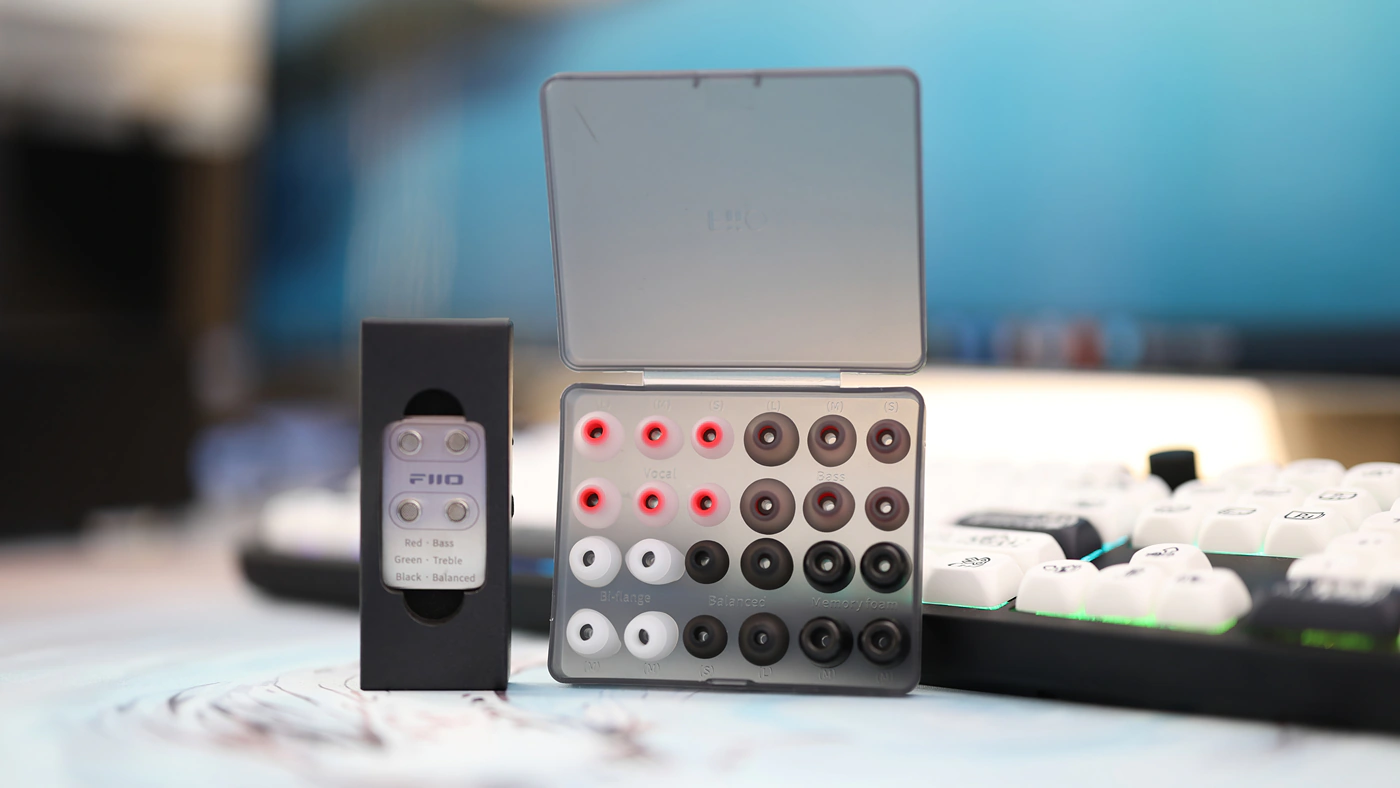
PROs – Excellent build quality, comfort and strong passive noise isolation. One of the best volume control levels I’ve ever seen, very consistent sound regardless of the volume level, low THD and same tuning at all volume levels. A thick and heavy sound with a wide soundstage and strong instrument separation makes an ultra-frun listening experience, FH19 being easily one of the most enjoyable IEMS regardless of the price, with a fun and bloomy sound, but strong resolution.
Cons – IEM shells can be on the large side for smaller ears. MMCX connectors at the IEM side are not the public favorite.
Product Link
Amazon – https://amzn.to/3XNqid4
Aliexpress – https://s.click.aliexpress.com/e/_DlJB8mR
Build Quality/Aesthetics/Fit/Comfort
First thing we get to know about the new FH19 is that FiiO embedded two dynamic drivers inside, and six balanced armatures. The Dynamic Drivers are push-pull dual dynamic drivers co-developed by FiiO and Tokyo Onkyo LTD in Japan. The Midrange and high-end drivers are specially customized for FiiO, so the overall presentation and sound of FH19 is something entirely new and different from everything you likely have heard from any company.
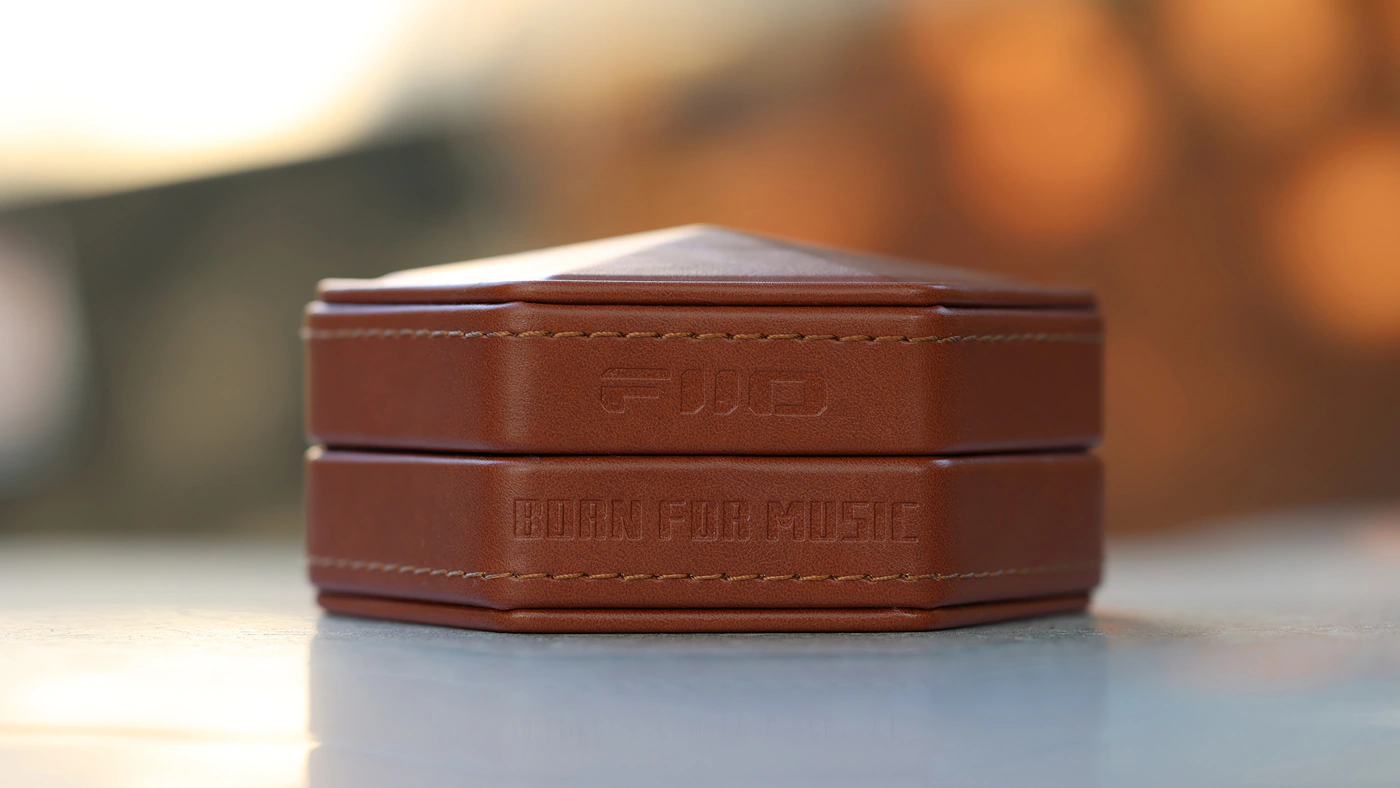
The dual combo of the Dynamic Drivers is large in size, having a 13.7mm high-magnetic design, with PU+DLC composite diaphragms, arranged in opposite fashion, the two drivers basically firing at each other. This will double the driving force and power, along with the amount of air the driver can move, but it also provides air damping between the two drivers, providing a more stable sonic reproduction with lower THD and better impulse response, quicker attack. Having this system also means that the dynamic driver combo is much easier to drive as the combo requires just half the power of a single dynamic driver.
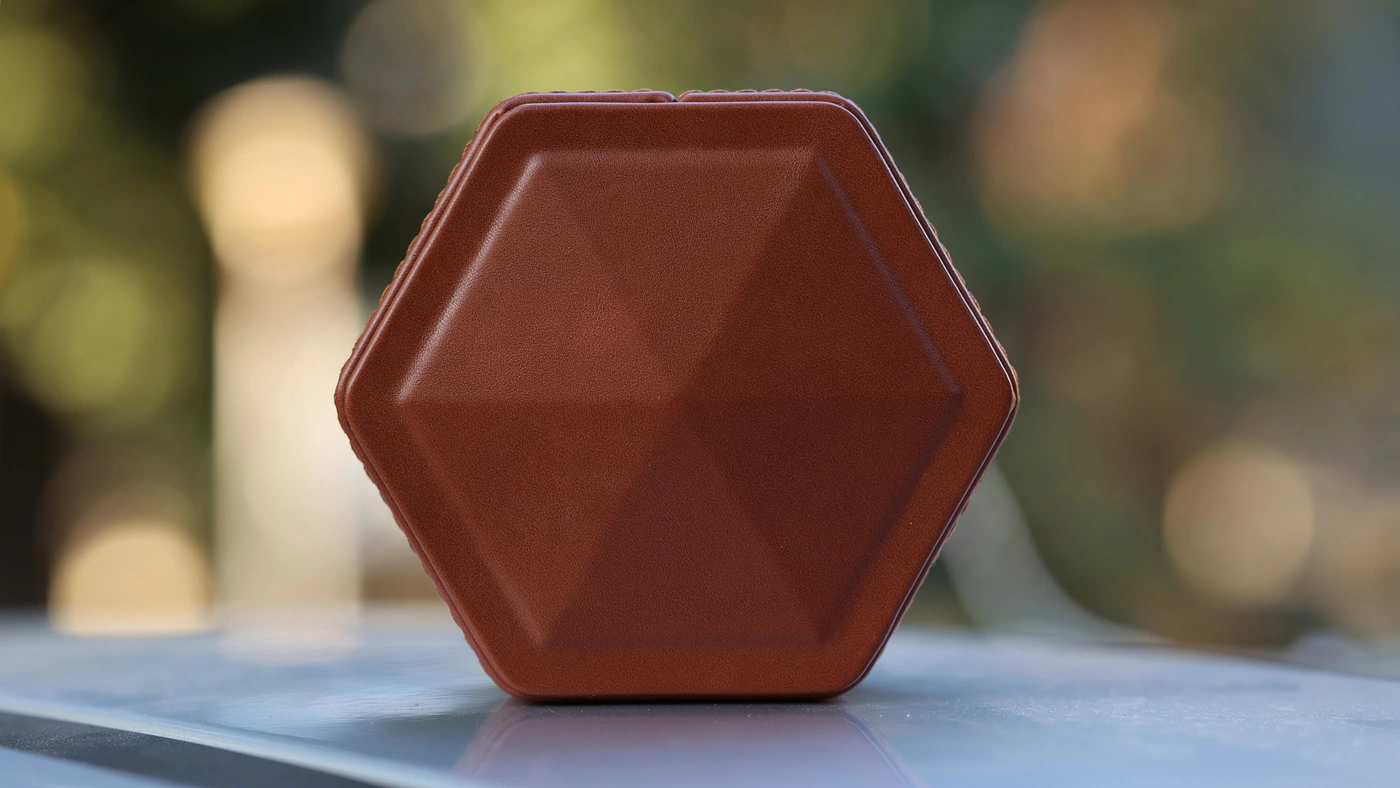
The Balanced armatures found inside of the FH19 are also highly customized, and compared to traditional BA drivers, the BAs responsible for the midrange in FH19 are acoustically vented towards the rear cavity of the driver, so the mid frequency drivers will gain more sound energy compared to other BAs. Inside the package we can also find the pure silver monocrystalline cable, which has 8 strands of 28 wires, totaling 224 wires of pure silver. Each individual wire is insulated in enamel, and the cable is twisted in litz braids. The outer shell is made of transparent TPU, while the jacks are swappable, FH19 coming with both 3.5mm and 4.4mm jacks. At the IEM side we have MMCX connectors, which are not popular, but FH19 uses a patented Stainless steel expanded MMCX connector rather than the traditional design.
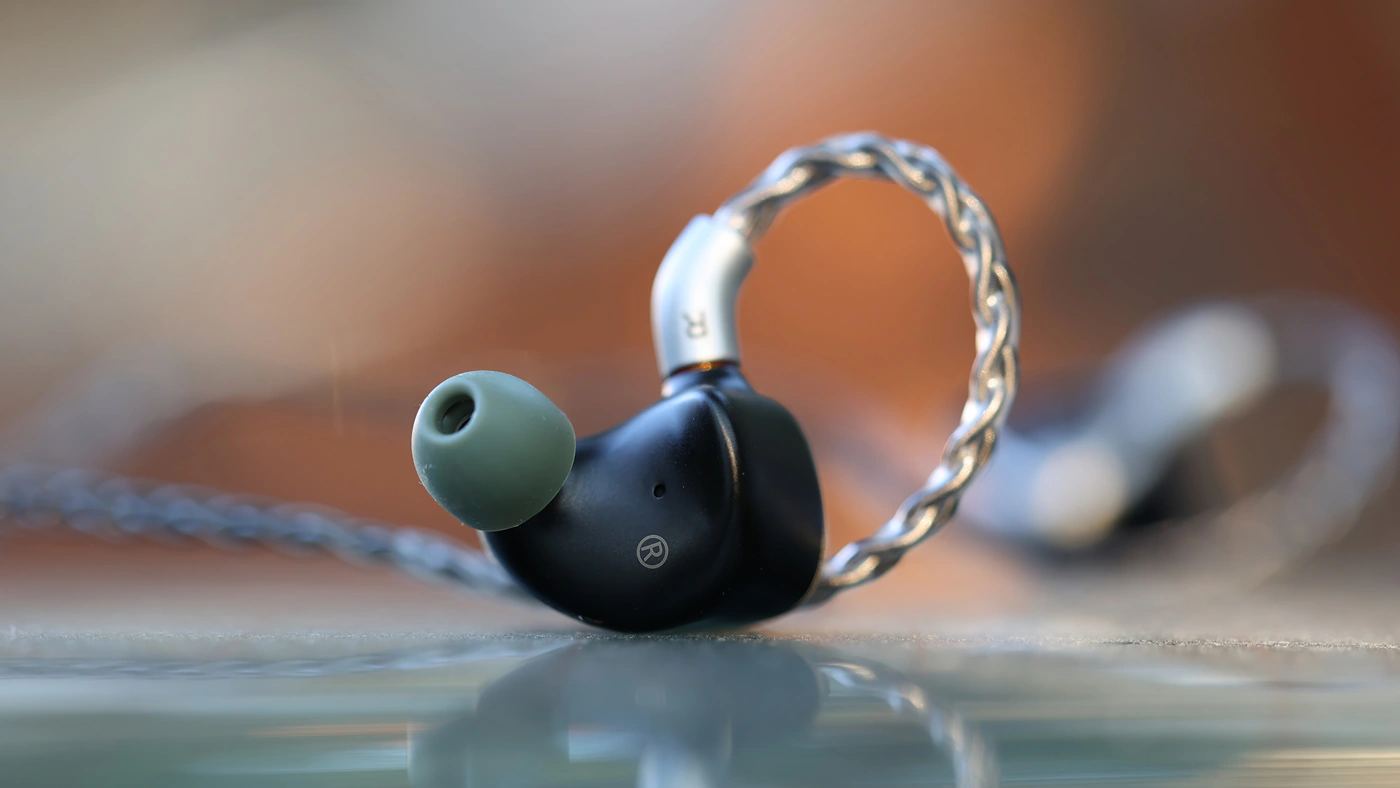
To complement everything, the shells of FH 19 are made of Titanium+7000 aluminum, the rings on the outer faceplate being made of titanium, while the inner shell is made of aluminum. As FiiO wrote in their paperwork, this results in one of the lightest IEMs out there, especially comfortable thanks to the high-quality cable included in the package. There can be no driver flex as the earphones are semi-open, with the faceplate having a large opening. This means that the sound will leak to the outside quite a bit.
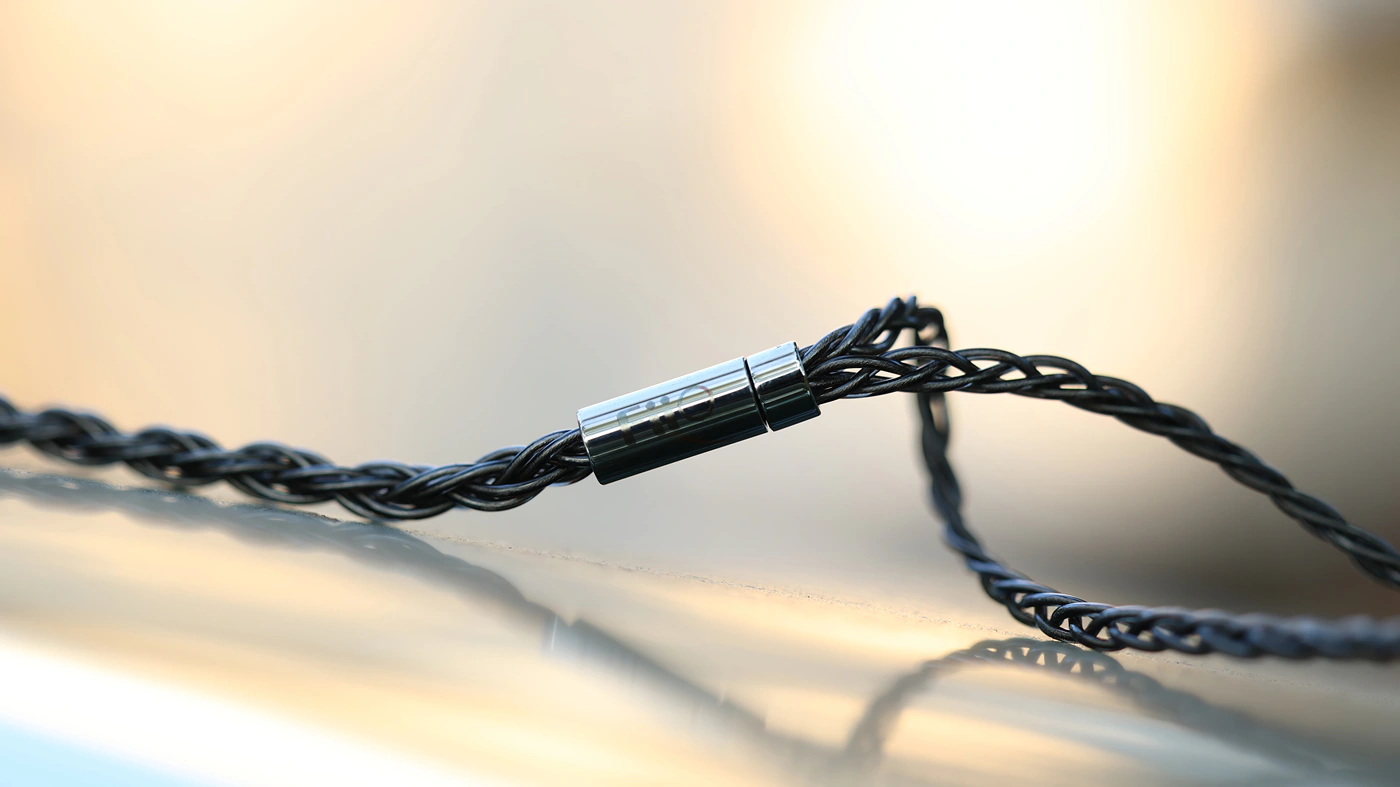
The crossover uses Scalpel-like accuracy Rubycon audiophile-grade film capacitors, and while most traditional crossovers with a resistor-based design have an accuracy error of around 1%, FH19 has a crossover with an error rate of 0.1%. As the crossover is of a high quality, you can expect more precise crossover points, and an enhanced high-frequency resolution. FiiO has a patented technology named S.Turbo, which uses long tubes that transmit the sound from the dynamic driver to your ears, amplifying the sub-bass performance while reducing the mid bass bloom in the process.

To further aid with the comfort, FiiO includes 22 pairs of ear tips with FH19, and the list includes HS20, HS18 and SpinFit CP series of tips. With an impedance of 16 OHMs, and a SPL of 109 dB, you know FH19 will be easy to drive, and with a weight of 12 grams, FH19 will be comfy for any ears out there. Inside the package, we can also find a beautiful leather transport case, which is FiiO’s HB7. This case has a thick and soft material on the inside to protect the IEMS from scratches during transport and handling.

On a subjective level, the comfort is excellent, as the IEM shells are super light, feeling almost hollow. In fact, I joke around about this, but whenever the shells hit each other, they have a really light and hollow clink to them. The bore has the right size for the shallow fit, while the cable is of an excellent quality, conducting literally zero microphonic noise, and prompting no reason to upgrade the default cable unless you want a different sound. The passive noise isolation is very good, between 10 and 20 dB of passive noise isolation, depending on the frequency, with a stronger isolation of noise in the higher frequencies. The default cable has a modular jack, and is neither tangle-prone nor springy, showing perfect ergonomics.
Sound Quality
Pairings – To check every aspect of FH19 and how they pair with different sources, I have paired them with a wide selection of sources, including FiiO K11 R2R, iFi hip-dac 3, KAEI TAP-1 DACs, HIDIZS S8 PRO, HIFIMAN EF400, iBasso D16, iBasso DX260, Dethonray Listening M1, Shanling Onix Alpha Xi1, and Hiby R4. FiiO FH19 is not sensitive to source noise and hissing, output impedance, but will scale a lot with a good high-end source, so you’re best using a qualitative source. Out of all the pairings I have tried, iBasso D16 and DX320 MAX Ti provide FH19 with the best sonics I’ve heard. FiiO FH19 is one of the most sensitive IEMS I have ever heard to date, and on iBasso D16 as well as PB5, they are already fairly loud from the first 3 clicks of the volume wheel.

Overall Signature – I heard so many tunings in every price range that I often don’t believe I can find any new ones, but FiiO proved me wrong by making a commercial-sounding flagships. You can expect all the bloom, boom, punch and kick a commercial IEM has, but with the finer nuances, resolution and clarity of a true flagship, including a wide and holographic soundstage, as FH19 has one of the widest sound stages I’ve heard regardless of the price range. Everything combines together super nicely, the sound is coherent and cohesive, with strong contrast, and rich details, voices being natural, and sub-bass extension being excellent, while the treble stays a bit more relaxed to avoid fatigue. As FH19 can use filters, most of my review has been written used the black filter, which offers a balanced sound that is clear and transparent, the red filter enhanced the bass and lowering the midrange and the treble, while the green filter enhances the treble and the midrange, while lowering the bass.
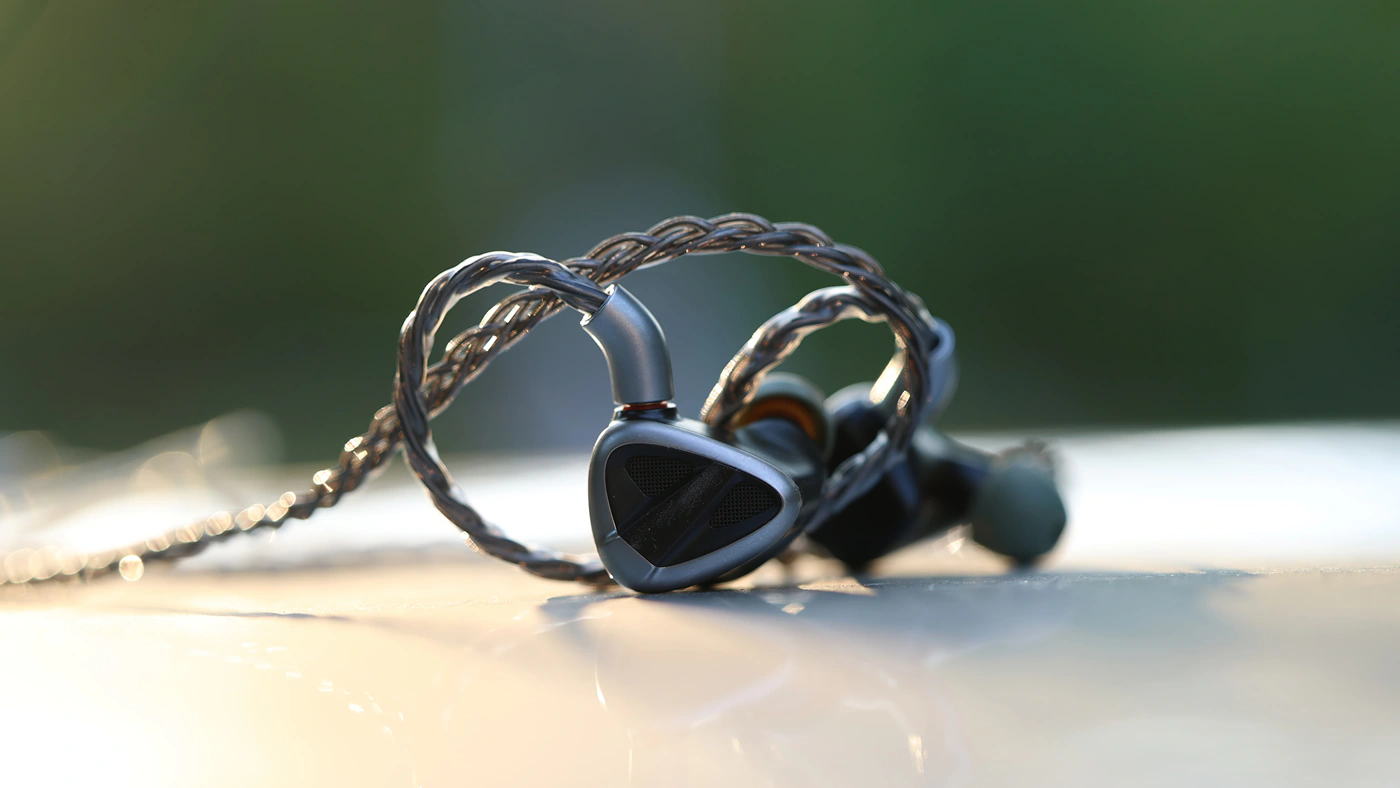
Bass – Starting with the bottom, FiiO FH19 has a full, deep and lush bass, reaching 20 Hz just beautifully, and having a deep-end rumble, punchy low-end with most of the energy between 20 Hz and 80 Hz, just where you’d want it for the most realistic sound. The mid bass also has some bloom and a bit of extra weight, but most instruments draw their texture and body from the deep-end and sub-bass presentation. The bass texture is quick and snappy for kick and in the attack, but has a satisfying sloppy finish in the decay, being able to keep up with rock, metal and even technical death metal, but having the right amount of grandiose presentation for techno, and orchestral music. The bass has a grand presentation in general, and it fits well with epic music, you will hear the bass extend a lot in size, and music never sounds small and earth-bound.
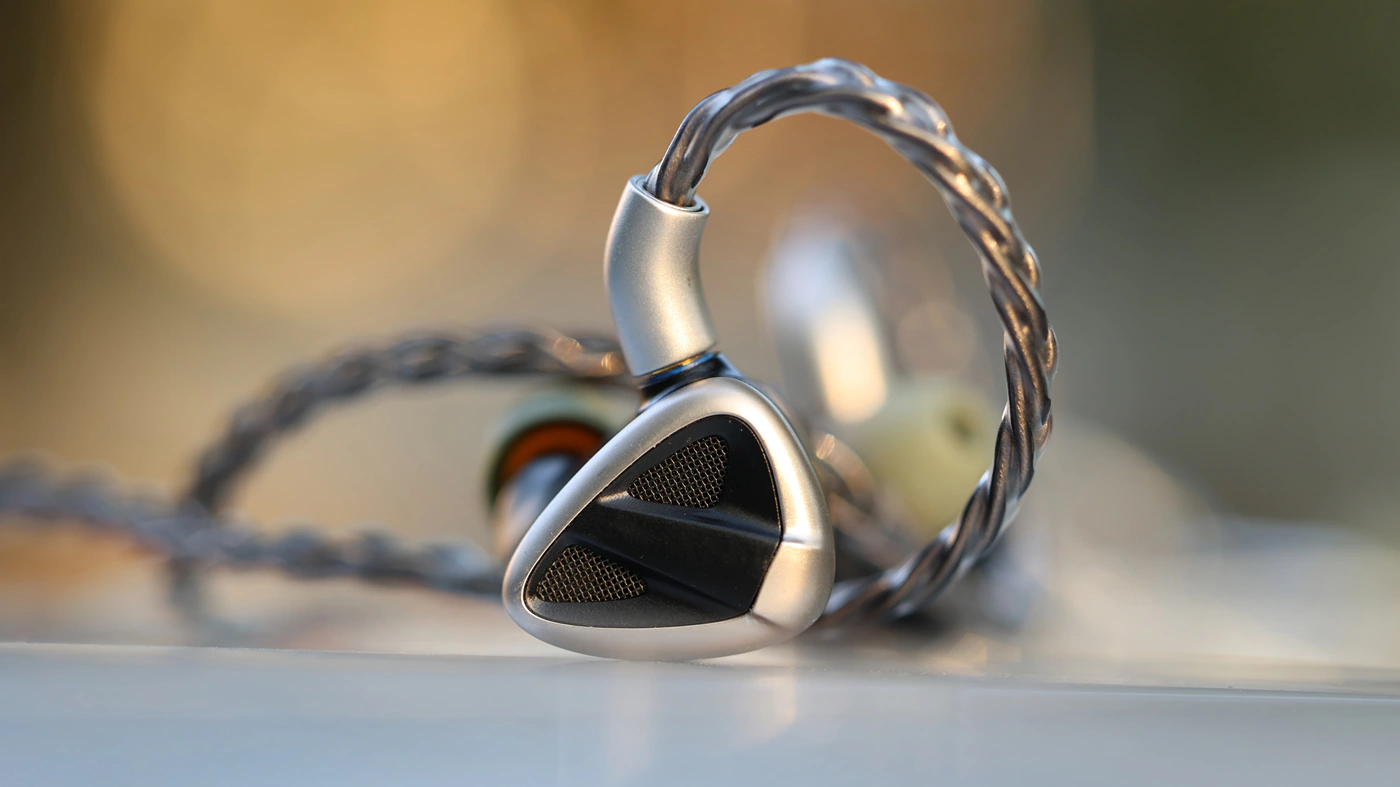
Midrange – With a sweet and slightly dark, slightly bloomy midrange, FH19 has a natural, pleasing voicing. Male voices have a bit of extra oomph, body and weight to them, while female voices are sweet, crystalline and airy. Most instruments are slightly dampened, having a smooth texture to them, which allows you to enjoy even the brightest, harshest recordings with zero fatigue. If you ever heard an amplifier, headphone or IEM with a high damping factor, FH19 has a characteristic smooth and lush sound, with a thick texture to all instruments, sounding realistic and true-to-life and being the opposite of digital, bright and harsh, without sounding necessarily dark or too colored. There’s a good contrast between instruments, and each instrument is separated nicely from the mix, you can easily focus on each instrument within a mix.
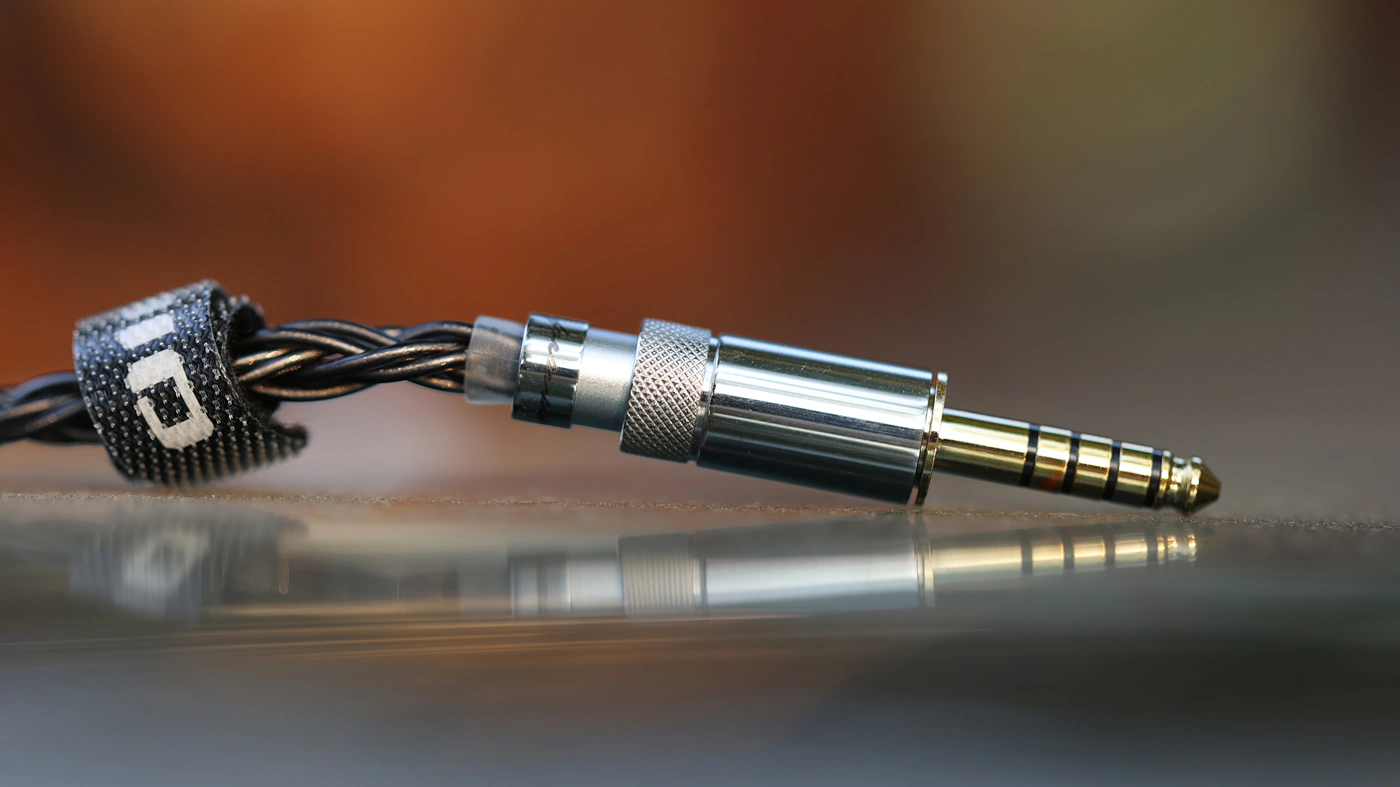
Treble – For a smoother, relaxed treble, FH19 offers a strong extension, up to 20 kHz, but the treble energy softly rolls off above 12 kHz, with an airy, but relaxed treble sound, a good detail, sometimes sharp and bright special effects and instruments being really obvious and vivid, but sharp and harsh textures never coming up to life. FH19 handles music with a strong foreground and a recessed background best, when music crowds together, it can combine things a bit too much in the foreground, which can cause a brighter sound than usual. I consider this to be a mixing / mastering mistake, as this should be avoided during the music production step, but in this aspect FH19 is not the most forgiving IEM, but it doesn’t tax album brightness which is a far more common issue with poor mixing and mastering.
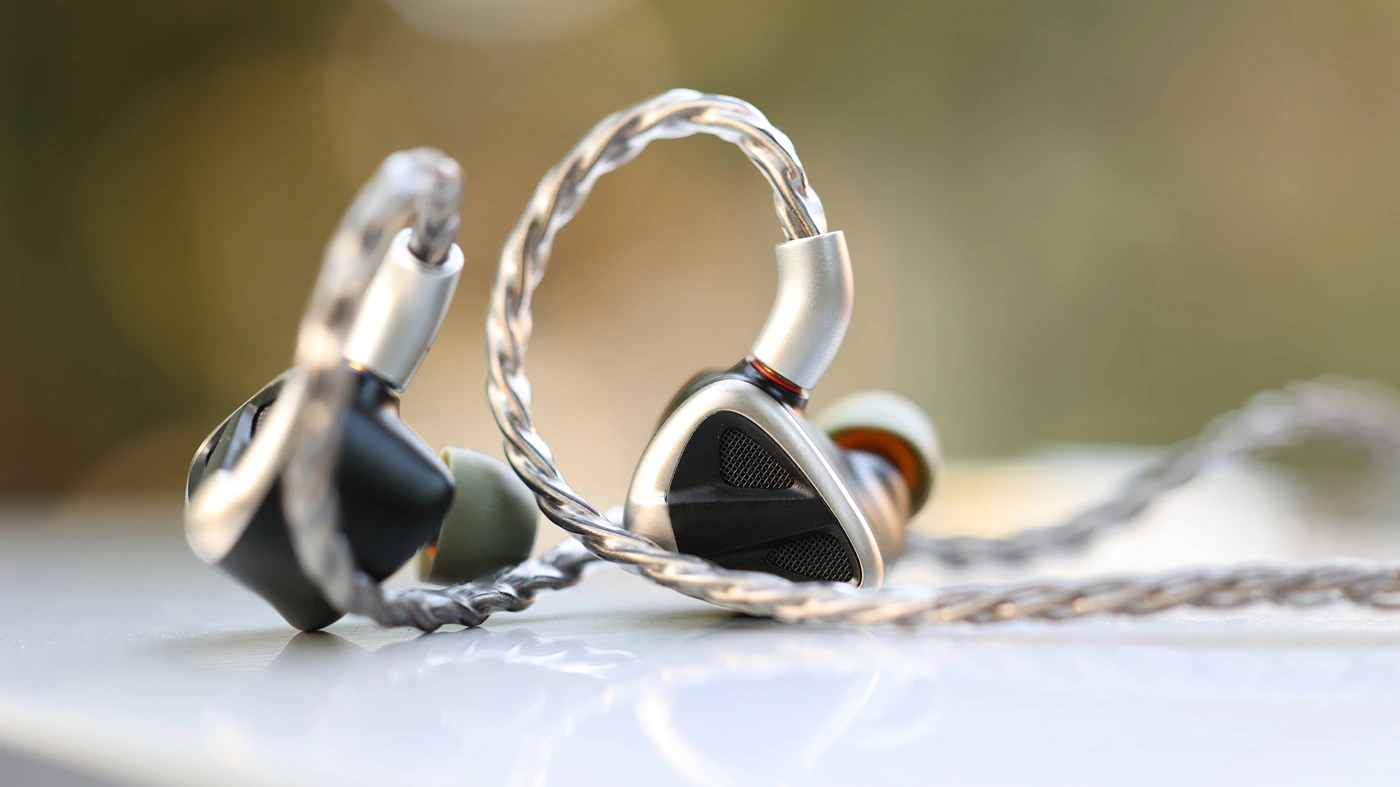
Dynamics / PRaT / Textures – The Dynamic range of FH19 is strong, it does not bring quiet passages to a loud foreground, and the texture presentation changes across the frequency range quite a lot. Bass has a quick and snappy attack, but a long and lush decay. The midrange sounds relaxed, but texture is natural, while the treble has a soft sound to it, with a slower texture and impulse response. FH19 tries to have a slow texture response at all times, but there is an element in it that gives it a really quick attack and strong punch.

Volume Control – Volume control and stability is a strong point with FH19, as it provides excellent sound across all volume levels, but also will have exactly the same signature and tuning regardless of the volume. This is what I consider perfect volume control, when you can increase or decrease the volume, and everything will stay absolutely the same. The shorter this part is a review, the better.

Soundstage – If you enjoy a wide and holographic soundstage, FiiO FH19 will be your favorite IEM, it has likely the widest and most holographic soundstage in the price range, with a strong separation between the sonic layers, having multiple well-defined layers, and a good imaging too. The secret likely lies in the complex acoustic inner design, along with the shallower fit, which pulls the driver assembly farther away from the eardrum, allowing for just enough space for psychoacoustics to take place. Music can come from right beside your ear, but also from insanely far away, and you always know where a sound is coming from, being it front, behind, top or bottom, FH19 renders things beautifully.
Gaming / Music Production
While Gaming and Music productions are not part of the FiiO FH19 marketing material, I found the IEMS to be downright excellent for Gaming, and not exactly ideal for music production. Starting with Mixing and Mastering, the IEMs have a really lush and enjoyable sound, smooth and full, so most mixes will be forgiven for mistakes, as FH19 can sound too enjoyable and too dynamic to reveal mistakes and harshness / clipping / other artifacts. In fact, FH19 is one of the IEMS that handles artifacts and especially clipping graciously, creating a listening experience that’s always enjoyable even with extremely poor recording conditions.
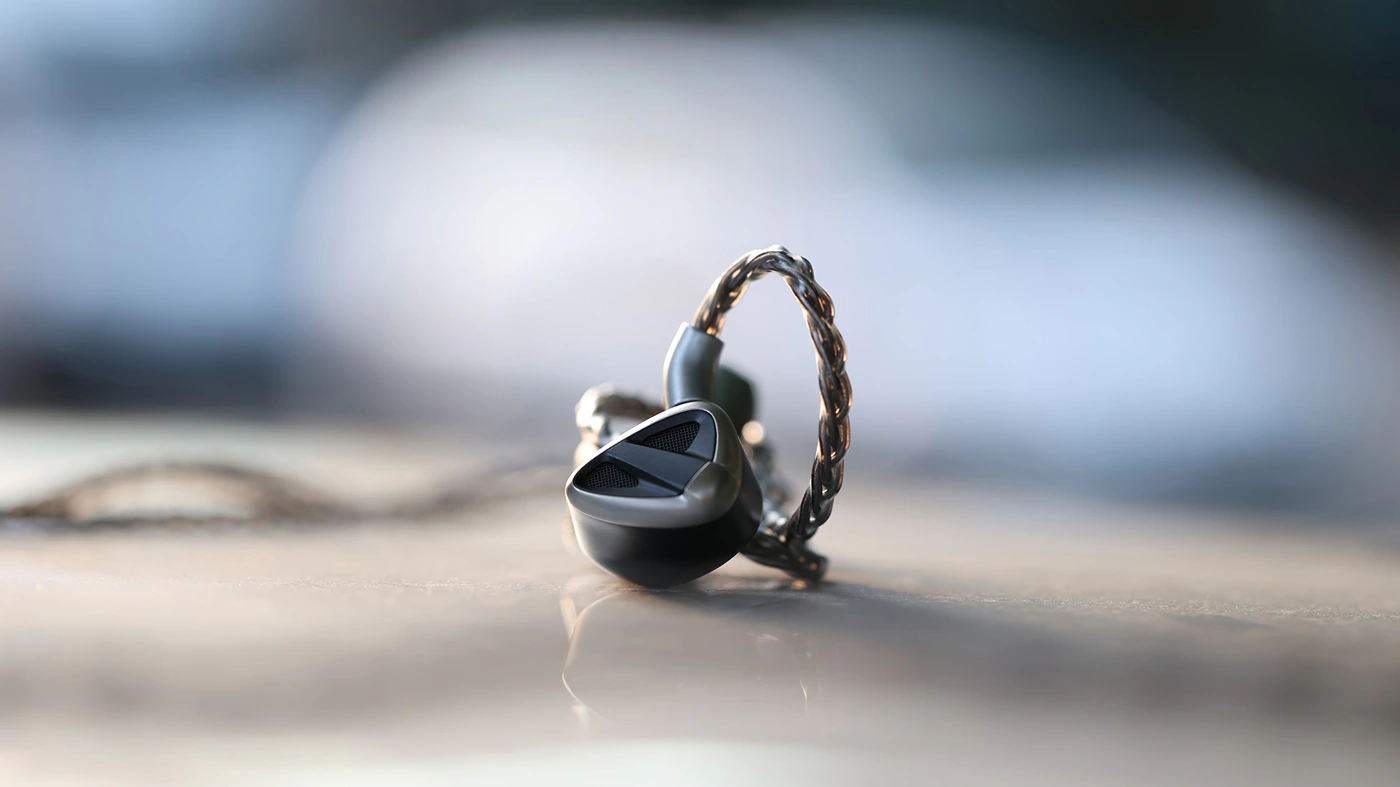
This in turn, results in an IEM that’s superb for gaming. Starting with the wide and holographic soundstage, excellent imaging and directionality, you always know where a sound is coming from. The fact FH19 handles clipping well means you never hear distortion, and you always hear a pleasing sound, so even during explosions you get a deep-end rattle and earth-shaking bass, but never clipped or distorted sounds. Soundtracks are lush and full, sounding pleasing to the ear, and together with the excellent wearing comfort, FH19 is perfect for long gaming sessions, and has been a pleasure for both competitive games, shooters, but also visual novels and atmospheric games.
Comparisons
FiiO FH19 vs Soundz Blade V2 (599 USD vs 812 USD)
Build – Both IEMs are very comfortable, although Soundz Blade V2 can be customized to be more beautiful, especially the version that I have with the superb shells, while FH19 looks edgy, professional and sleek. The IEM shell is a bit heavier for the Soundz Blade V2, but both offer excellent comfort, Soundz Blade V2 isolates far more from the outside noise, while FH19 isolates less and leaks more. Drive factor is similar, both are very easy to drive, but Blade V2 is much more sensitive to source noise. FH19 has tuning filter caps, while Blade V2 has an electronic crossover switch.

Sound – Sonically, FH19 has a much deeper bass, with more impact and more rumble, more sub-bass extension and more presence in the sub-bass, while Soundz Blade V2 is far more neutral and flatter in the sound. The dynamic range of both is downright excellent, while Blade V2 has a smaller, more focused soundstage, FiiO FH19 sounding much wider and more holographic. FH19 has a smoother, more relaxed treble that’s almost never fatiguing, while Blade V2 sounds bright, sharp and revealing, showing off more details in music, but also showing clipping and aliasing / artifacts in songs more easily. FH19 is better for gaming and is much more forgiving, laid back and relaxed, while Blade V2 is far more punchy, better for mixing / mastering / music production, brighter, more forward and more aggressive. The sound character is more dry on Blade V2 and wet on FH19.
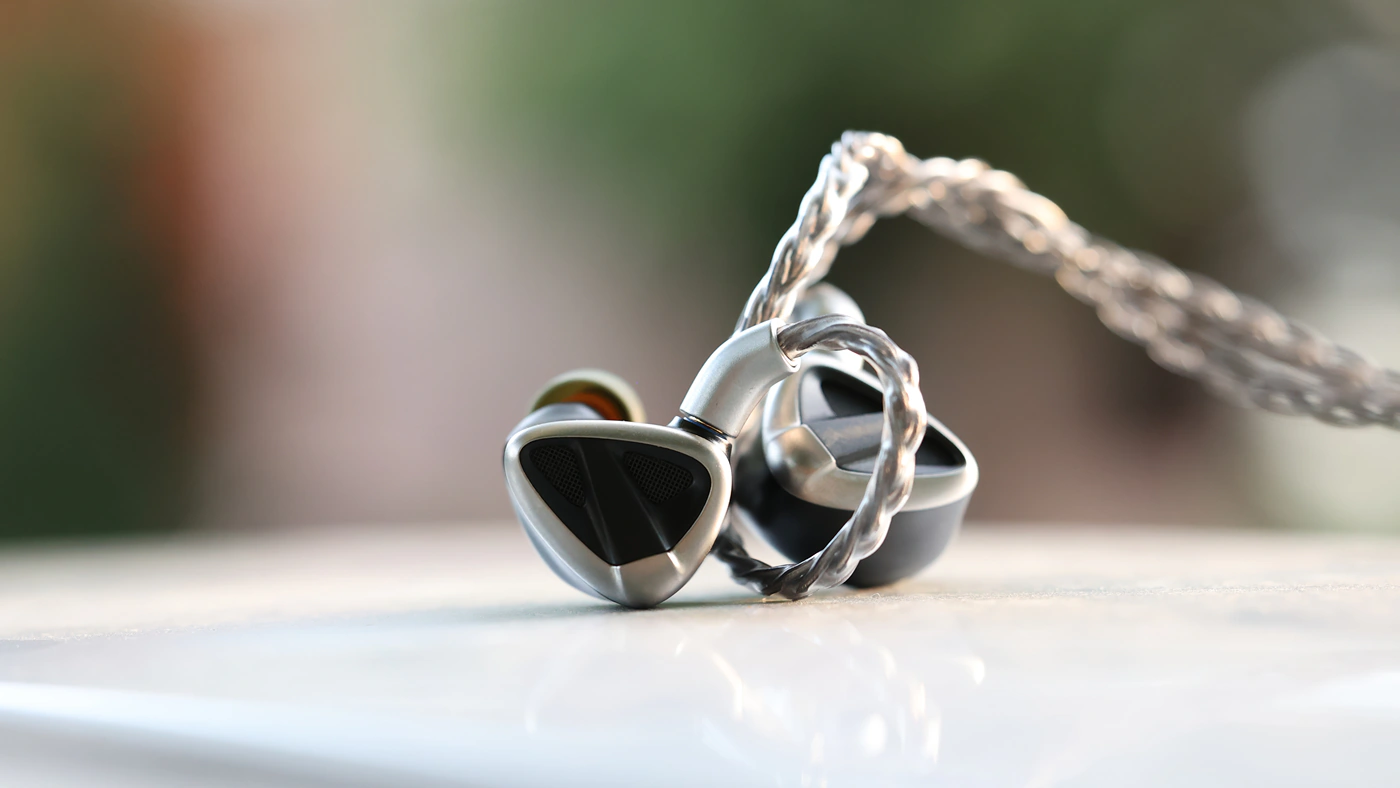
FiiO FH19 vs Campfire Cascara (599 USD vs 499 USD)
Build – Both IEMs have a qualitative build quality and are ergonomic, and both use MMCX connectors, but FH19 comes with a smaller and lighter shell, while Cascara has a heavier shell. Cascara leaks much less and isolates better from the outside noise, while FH19 is a bit less sensitive to source noise, and feels / sounds more open. While some folks may have a bit of void or driver flex with Cascara, especially if inserting / pulling them out quickly, FH19 does not have this issue and it is generally a really comfortable IEM. Cascara comes with a high quality balanced cable, while FH19 takes this one step further and comes with a modular cable.
Sound – The sound is the most important aspect in the end, and FiiO FH19 has a really strong bass, bold and thick, with a natural midrange, and a bright, brilliant treble, keeping music exciting and uplifting. In stark contrast, Cascara sounds rather boofy, bloomy and deep, but has a rolled off treble, with far less energy and sparkle than FH19. Both IEMs have excellent resolution and detail, but FiiO FH19 makes details and information more apparent and obvious, considering that Cascara tends to gloss over little details to bring the lead instruments in the mainframe.
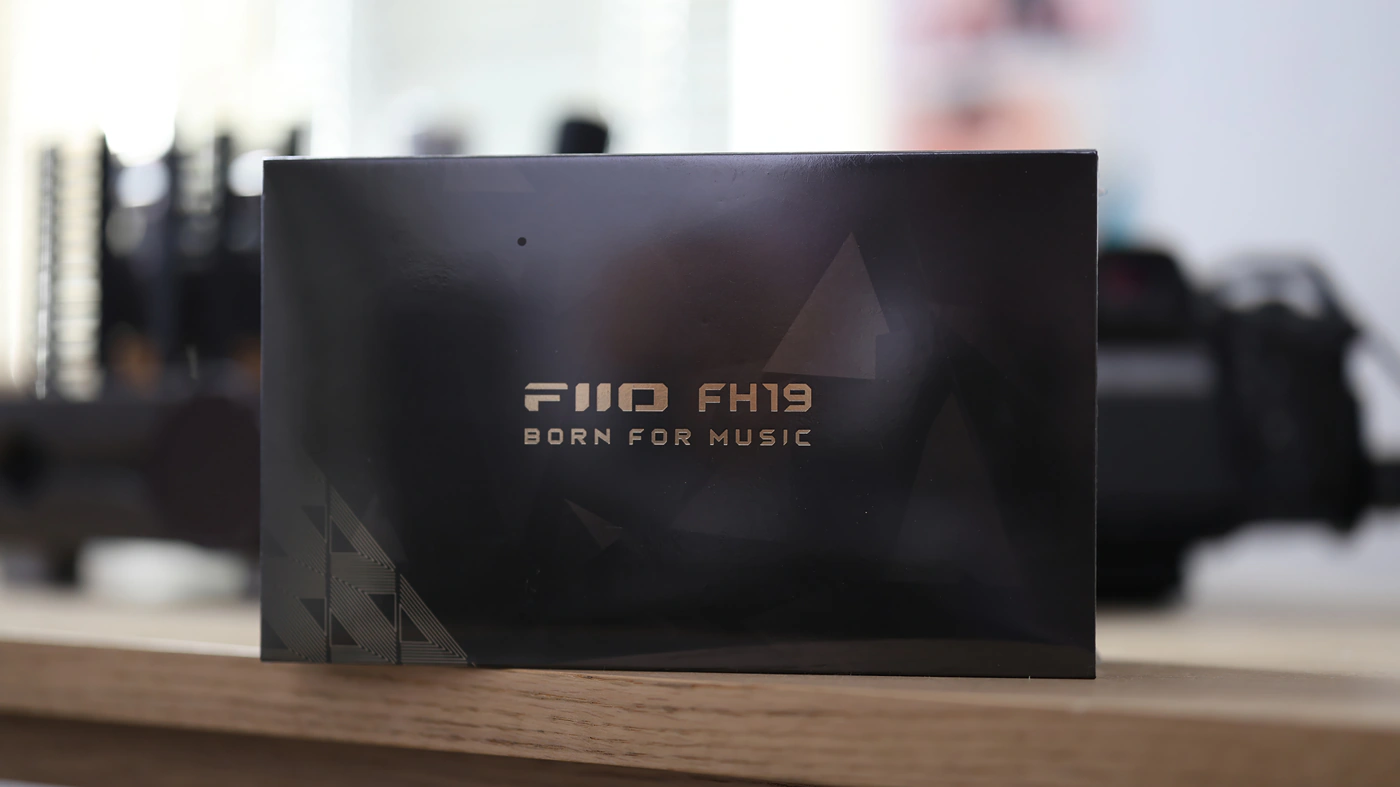
FiiO FH19 vs Westone MACH 40 (599 USD vs 600 USD)
Build – Mach 40 is a deep-fitting IEM with a thin and narrow bore, but this means that comfort will not be consistent across users, and some folks will have excellent comfort with Mach 40, while others won’t. FiiO FH19 wins big time here, as they are consistently comfortable, the shallow fit working well for all ears. FH19 is heavier, and does not isolate that well from the outside noise, while if you have a good fit with MACH 40, you will have excellent fit. MACH 40 is far more sensitive to source noise and source quality, while FH19 is easily drivable from most dongles and will even sound excellent out of them.
Sound – Mach 40 relies so heavily on the fitting and it has been so hard for people to get a good fit with them that there is no strong consensus about their signature / tuning, as for my ears they sound rather flat, neutral and monitor-like, while other folks describe them as heavier sounding with more bass. FiiO FH19 will always present and reveal more bass, more substance and more energy in the low-end with all music, FH19 has a more colorful, more detailed and more contrasty midrange, with better instrument separation, and a much wider, airier and more holographic soundstage. MACH 40 is great for monitoring, but can sound really intimate, ties all instruments to the listener and pushes them in your head, creating a well separated, but tight sound.
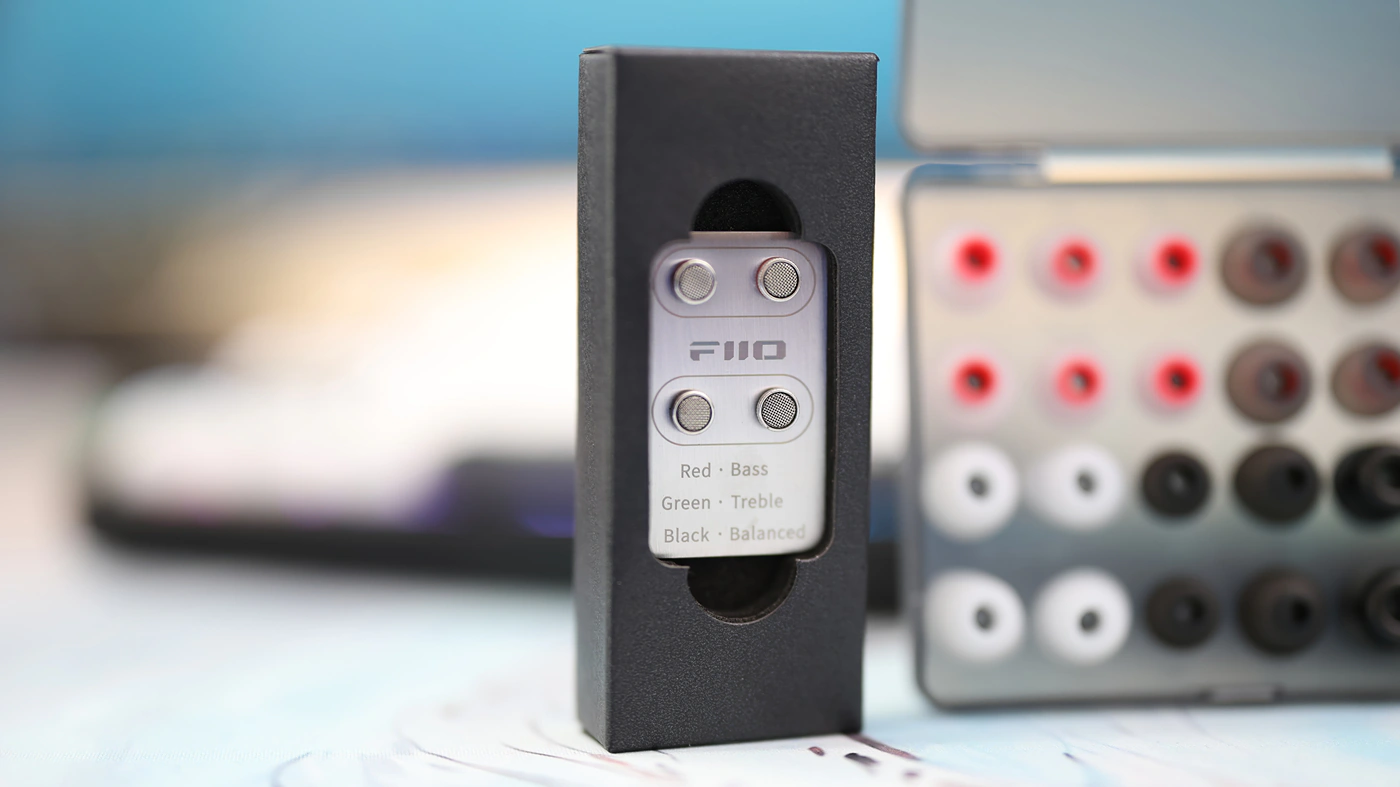
FiiO FH19 vs Spirit Twin Pulse Beryllium (599 USD vs 1000 USD)
Build – Twin Pulse Beryllium really needs a change of cables, but after you use an aftermarket cable, the comfort is rather excellent, altough FH19 has a more ergonomic fitting, the shallow fit of FH19 is more natural for my ears. The passive noise isolation of FH19 is much better than that of Twin Pulse Beryllium, both are equally sensitive to the source and require just a bit of clean power to sound their best.
Sound – FiiO FH19 has a much deeper, stronger bass with more quantity and impact in the sub-lows, while Twin Pulse sounds warmer, bloomier and focuses much more on the lower midrange, creating a really natural sounding midrange, with a more forward voicing. The treble of FH19 bites more, reveals more and sounds more open, while twin Pulse beryllium is relaxed and laid back, having a rather smooth and lean sound in the treble. Both IEMs have excellent detail, but FH19 can extract a bit more information in the upper midrange and treble, while the lower midrange of Twin Pulse Beryllium can sound a bit more detailed.
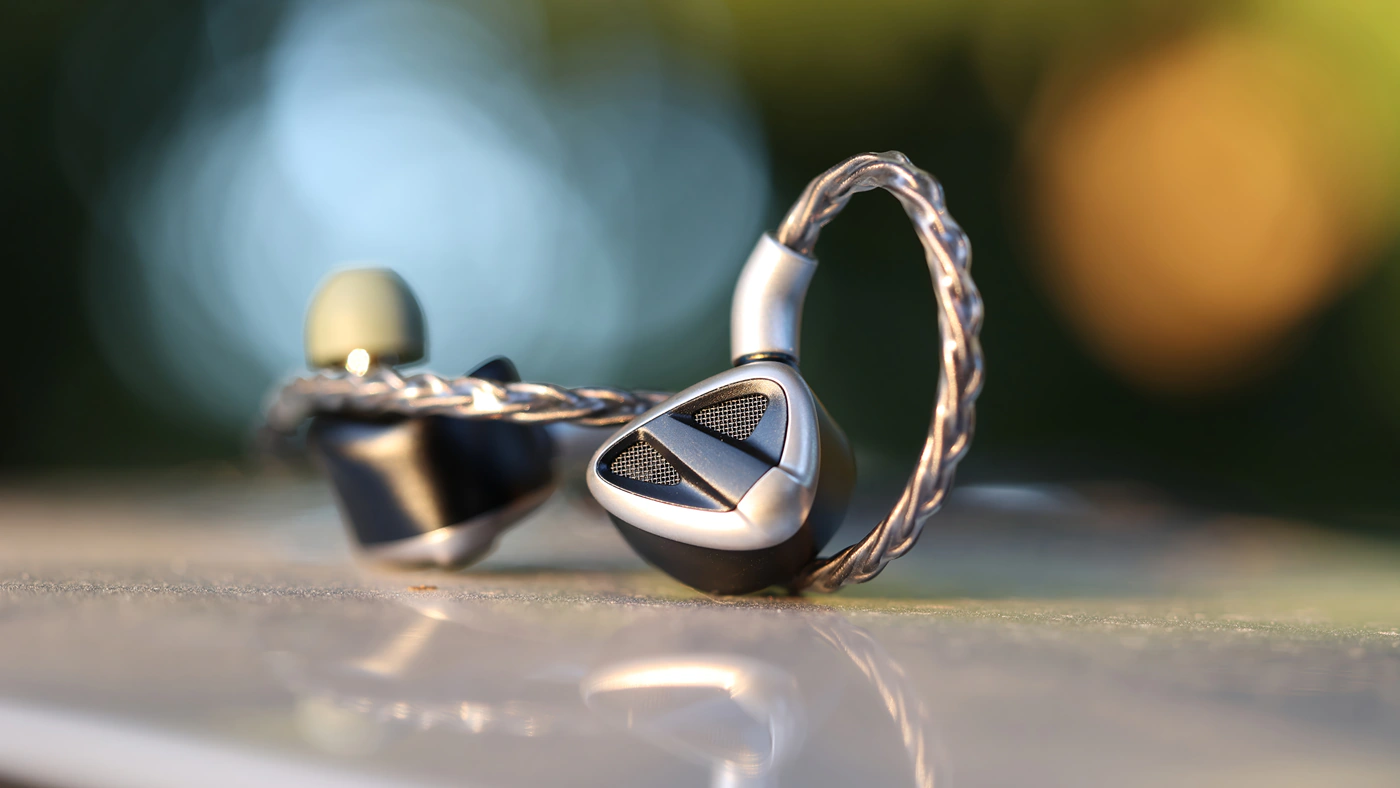
FiiO FH19 vs Sweear He-Live5 (599 USD vs 899 USD)
Build – HE-Live5 is comfortable and well made, and so is FH19, they are both equally comfortable, although HE-Live5 will offer a far stronger passive noise isolation, while FH19 is more open, and can have a slightly better comfort most of the time. The transport case of FH19 is a bit fancier, but the cable of both is modular and both come with a high-quality cable included in the package. Both IEMs are about equally sensitive to source noise, but He-Live5 scales far more with the source and allows for more performance if the source can drive it well, like iBasso D16.
Sound – Sweear surely knows how to create a sharp, brilliant sounding IEM, while FH19 sounds commercial, thick, heavy and bloomy. Both IEMs have a strong resolution, both have excellent imaging, but FH19 has a wider soundstage, while He-Live5 has a stronger instrument separation and more definition, more contrast. Both IEMs are a pleasure to listen to, but FH19 is better if you’re a basshead, while HE-Live5 is better if you appreciate a more neutral sound with a brighter treble, more energy and more brilliance in the tune.
Value and Conclusion
It has been a long time since I last gave FiiO a Hall Of Fame award, and I typically try to give it only to products that really outshine the competition, so it is ultra cool to know they can earn it with an IEM, but even if you barely give a glance to the price range of the comparison competitors you will discover FH19 plays in a league far above its price point, both in terms of build quality, package quality, transport case and even sonics. Basically, every aspect of it makes FH19 an excellent contender for the title of the best IEM in the ~600 USD price range this year.

Before the end of the review, FiiO FH19 won a place in the Audiophile-Heaven Hall Of Fame fair and square, offering boundless performance, outstanding comfort, and excellent build quality, alongside a practical shape and design, plus a rich package.
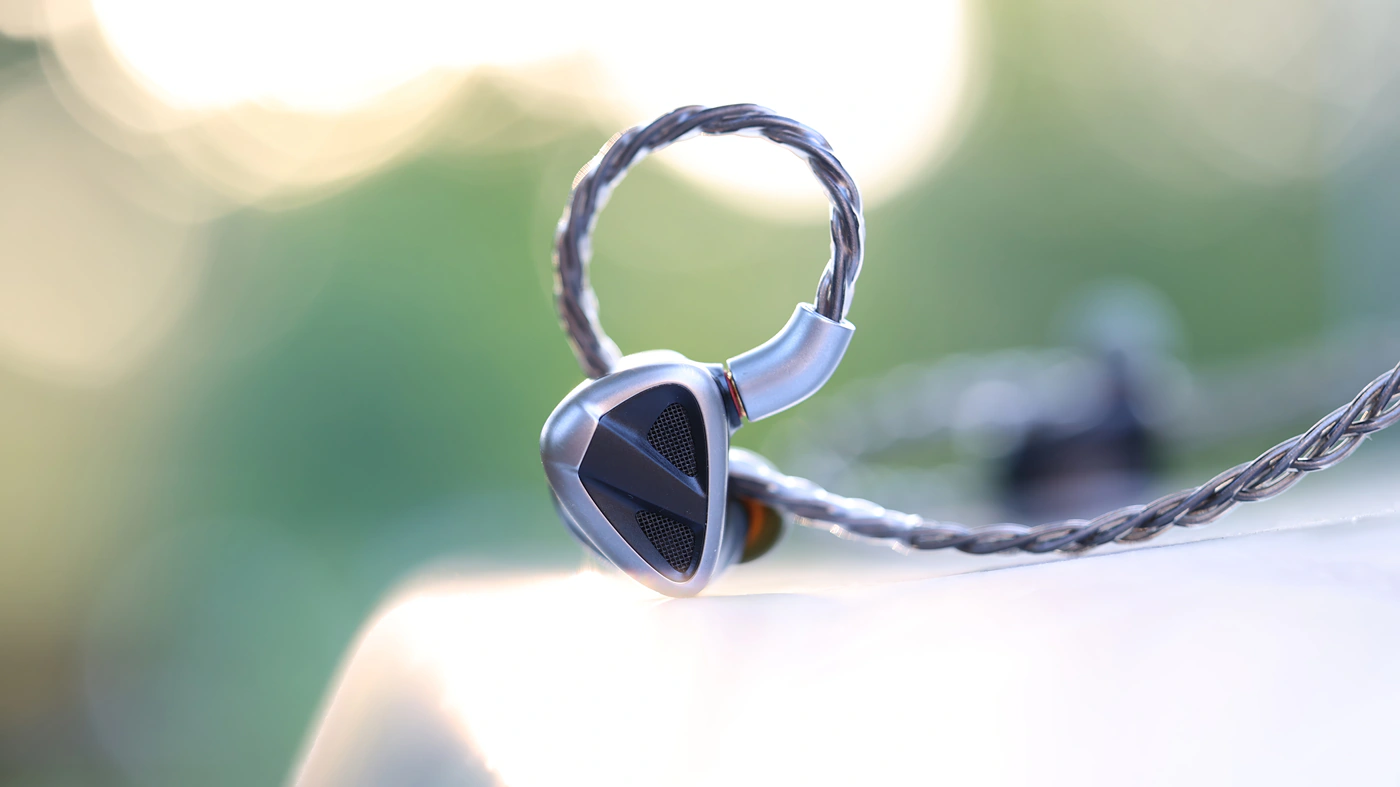
At the end of the day, if you’re looking for a detailed, clean and full-sounding IEM with excellent passive noise isolation, but two dynamic drivers and six balanced armatures playing music for you, and if you want to hear true body, bass impact and depth, plus a wide and deep soundstage, FiiO FH19 will surely deliver on all fronts, and be a friend in need for you.
Product Link
Amazon – https://amzn.to/3XNqid4
Aliexpress – https://s.click.aliexpress.com/e/_DlJB8mR
--- Please remember to stay safe, and always have fun while listening to music!---
- If you have a dime to spare, please donate, and help us! It would make the day brighter for me and my wife-
Full Playlist used for this review
We listened to more songs than those named in this playlist, but those are excellent for identifying a sonic signature. I recommend trying most of the songs from this playlist, especially if you’re searching for new music! The playlists are different for Spotify, Tidal and Youtube, and based on the songs I enjoy and are available on each!
https://www.youtube.com/playlist?list=PL_cjBXGmwSHSdGcwuc_bKbBDGHL4QvYBu
https://open.spotify.com/playlist/5J3oloz8Riy9LxEGenOjQ0?si=979ba4f082414be7
https://tidal.com/browse/playlist/330fd544-8e5b-4839-bd35-676b2edbb3d5
--- Contact Us ---





